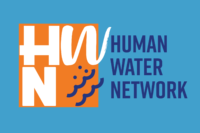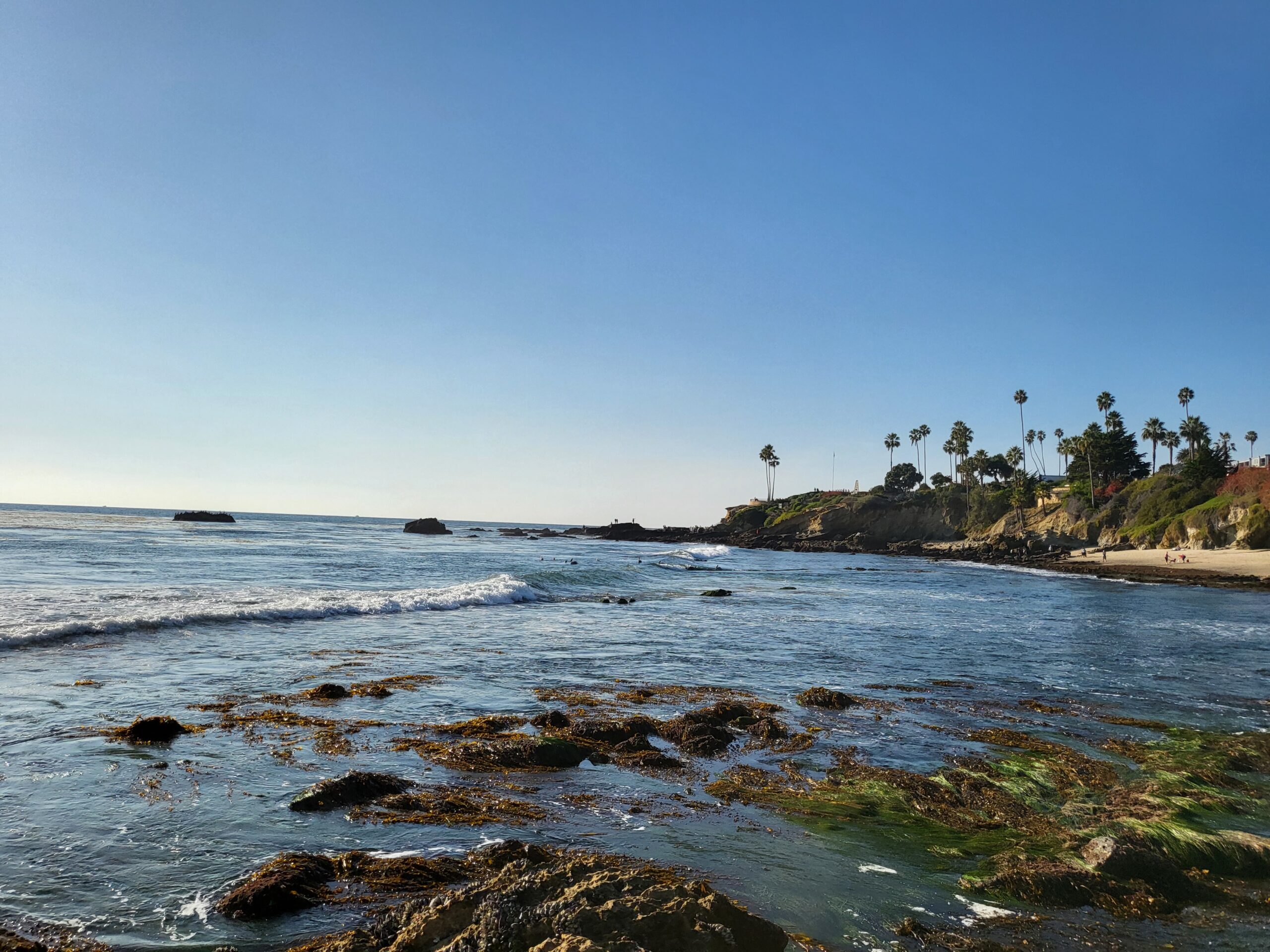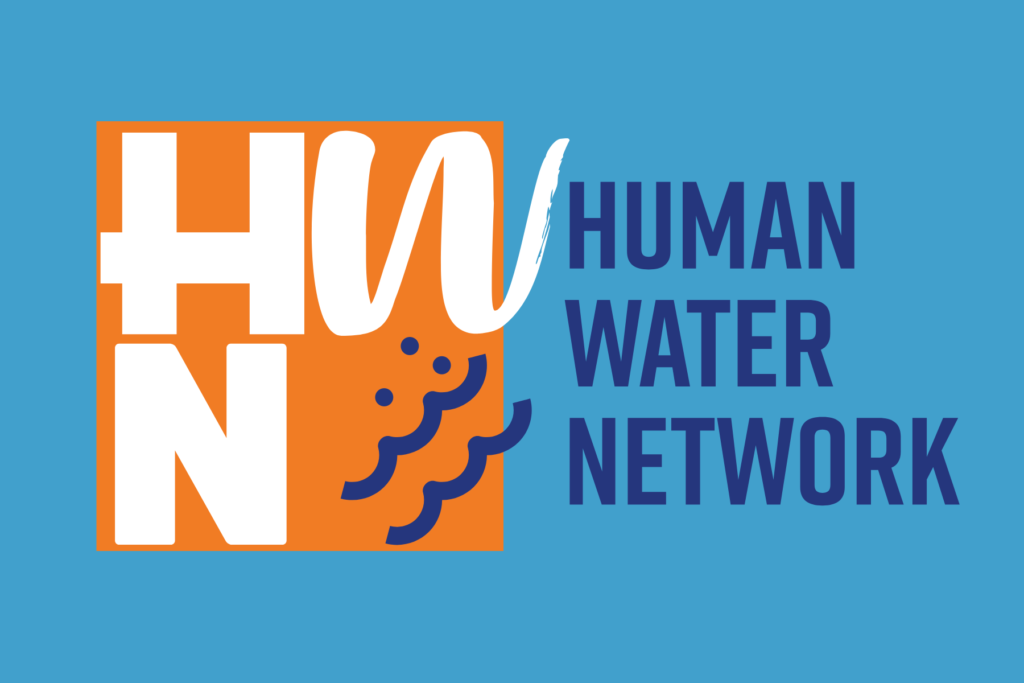Littering literally flows downstream!
The Ripple Effect: How Littering Impacts Our Waterways and Oceans
Littering is often seen as a small, isolated action—an empty soda can tossed out of a car window or a plastic wrapper left behind at the park. But the reality is far from harmless. When trash is discarded carelessly, it doesn’t just disappear. It often finds its way into storm drains, rivers, and streams, ultimately making its way downstream into larger bodies of water, including the ocean. The consequences of this pollution are both immediate and far-reaching, affecting everything from local wildlife to global ecosystems.
The Journey of Trash Downstream
When litter enters our waterways, it embarks on a destructive journey. Storm drains and sewage systems often carry debris from urban and suburban areas directly into rivers and streams. From there, these waterways act as highways, transporting litter further downstream. Trash that makes its way into rivers doesn’t just stay there. It can flow hundreds or even thousands of miles, eventually reaching the ocean, where it joins the massive problem of marine debris.
A single piece of trash—whether it’s a plastic bottle, food wrapper, or cigarette butt—can cause significant harm. Plastics, in particular, are a major issue. They are lightweight, durable, and can break down into smaller particles known as microplastics, which persist in the environment for hundreds of years. These microplastics are nearly impossible to remove once they enter the water, and their tiny size allows them to be easily ingested by marine life.
The Toll on Marine Ecosystems
Once trash reaches the ocean, it poses severe threats to marine ecosystems. Marine animals, including fish, seabirds, and mammals, often mistake floating debris for food. Sea turtles, for instance, frequently confuse plastic bags with jellyfish—a primary food source. When ingested, these plastics can cause blockages, malnutrition, and even death. Larger marine animals, such as dolphins and whales, can become entangled in discarded fishing nets, plastic rings, or other debris, leading to injury or drowning.
Coral reefs, which are critical to the health of marine biodiversity, also suffer from the effects of littering. Trash that sinks to the ocean floor can smother corals, cutting off their access to sunlight and leading to the deterioration of these fragile ecosystems. This damage not only affects the coral itself but also the countless species that rely on reefs for food and shelter.
The Human Cost
The consequences of littering don’t stop with wildlife. As plastics break down into microplastics, they enter the food chain. Fish and other seafood species consumed by humans often contain microplastics, which can carry harmful toxins. This raises concerns about the health impacts of long-term exposure to plastic pollutants.
Beyond health risks, littering and marine pollution have significant economic costs. Coastal communities that rely on tourism, fishing, and recreation suffer when their beaches and waterways are contaminated with trash. Cleaning up litter is an expensive and ongoing task, often costing millions of dollars annually for both governments and nonprofit organizations.
What Can We Do?
Addressing the problem of littering requires collective action at both the local and global levels. Reducing single-use plastics, participating in community clean-ups, and properly disposing of waste are critical steps individuals can take to minimize their impact. Advocacy for stronger regulations, such as banning certain types of harmful plastics, can also help prevent litter from reaching our waterways in the first place.
The truth is that every piece of litter has a destination. By understanding how trash travels downstream and affects marine environments, we can all play a part in protecting the oceans and ensuring a cleaner, healthier future for all.






